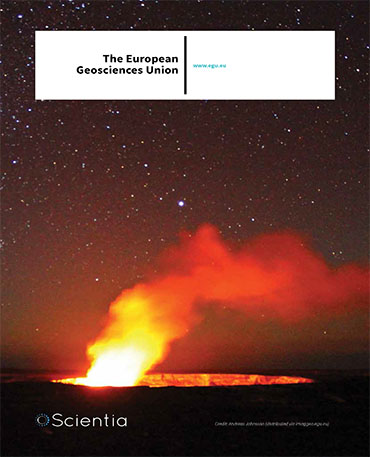The European Geosciences Union
 Founded in 2002, the European Geosciences Union (EGU) is Europe’s largest geoscience union, dedicated to the pursuit of excellence in the Earth, planetary, and space sciences for the benefit of humanity, worldwide. Based in Munich, this nonprofit international association of scientists boasts over 12,500 members from all over the world. Membership of the EGU is open to individuals who are professionally engaged in or associated with Earth, planetary or related studies, including students and retired seniors.
Founded in 2002, the European Geosciences Union (EGU) is Europe’s largest geoscience union, dedicated to the pursuit of excellence in the Earth, planetary, and space sciences for the benefit of humanity, worldwide. Based in Munich, this nonprofit international association of scientists boasts over 12,500 members from all over the world. Membership of the EGU is open to individuals who are professionally engaged in or associated with Earth, planetary or related studies, including students and retired seniors.
The EGU facilitates the advancement of research in these fields by offering various platforms for the scientific community to present and discuss their work. Here, we have had the pleasure of speaking with Bárbara Ferreira, the EGU’s Media and Communications Manager, who discusses the Union’s role in promoting research in Europe and further afield.
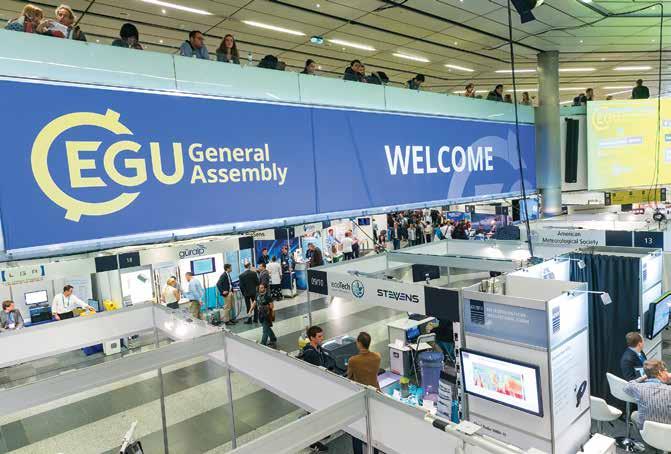
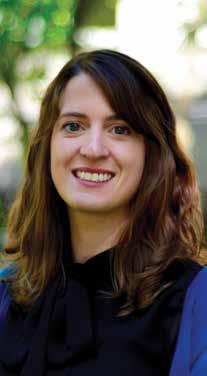
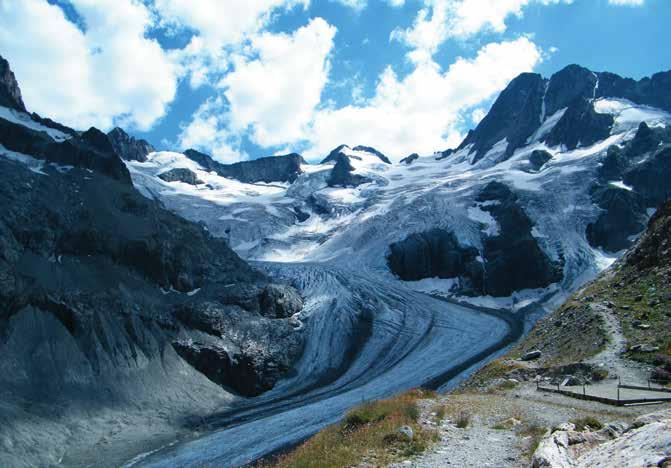
Describe some of the many ways that the EGU promotes the advancement of earth, planetary, and space sciences in Europe?
The EGU provides platforms for the scientific community to present and discuss their research work, thereby promoting the advancement of the Earth, planetary and space sciences.
One of the most important ways in which we do this is through the organisation of our annual General Assembly, a scientific conference that brings together some 13,000 Earth, planetary and space scientists from around the world. The General Assembly is a forum where scientists, especially early career researchers, can present their work and discuss their ideas with experts in all fields of the broad geosciences.
We also publish, through Copernicus Publications, 17 peer-reviewed open access journals covering various topics of the Earth, planetary and space sciences. Most of these publications are two-stage journals with public peer-review and interactive public discussions, providing a transparent way to discuss science and promoting its advance.
Another way in which we promote the advancement of these fields is through our awards and medals programme. EGU awards and medals recognise, on an annual basis, eminent scientists for their outstanding research contribution in the Earth, planetary and space sciences, and identify the awardees as role models for the next generation of early career scientists to foster geosciences research.
Finally, we also sponsor scientific meetings in all areas of the Earth, planetary and space sciences. These include the EGU Galileo conferences, which address well-focused cutting-edge topics at the frontier of geosciences research, as well as various co-sponsored meetings.
Who are the EGU’s main collaborators, and in what ways do you work together?
The EGU collaborates with various geoscience organisations around the world. We have signed memoranda of understanding or memoranda of cooperation with the American Geophysical Union (AGU), the Asia Oceania Geosciences Society (AOGS), the Geological Society of America (GSA), the International Union of Forest Research Organizations (IUFRO) and the Japan Geoscience Union (JpGU). These collaborations aim to foster international exchange in scientific research and promote opportunities for the memberships of the different organisations. For example, in the case of the AGU, our members get a discounted registration at their annual meeting and vice-versa, and the EGU has an exhibition booth at a discounted rate at their meeting and vice-versa. The leadership of both organisations meets on a regular basis to discuss further joint initiatives, and recently we have started organising common-themed great debates and the AGU and EGU annual meetings.
In what way does the EGU help early career scientists to become established in their field?
The EGU offers a platform for early career scientists to become involved in interdisciplinary research in the Earth, planetary and space sciences, through sessions, networking events and short courses at the annual General Assembly. We provide financial support to early career scientists who wish to attend the meeting and present their research, to encourage participation of more junior researchers at the conference.
For students, we also have the Outstanding Student Poster and PICO (OSPP) Awards to further improve the overall quality of poster and PICO (Presenting Interactive COntent) presentations and most importantly, to foster the excitement of younger colleagues in presenting their work in the form of a poster or a PICO.
In addition the EGU has awards and medals specifically for early career scientists: these include the Arne Richter Award for Outstanding Early Career Scientists, which is Union wide, as well as field-specific Division Outstanding Early Career Scientists Awards.
Finally, I should mention that early career scientists have a voice in the EGU, since they have representative in the EGU Council as well as in some of the Union’s committees. This means they can play an active role in developing activities targeted specifically at early career scientists, namely initiatives that help younger researchers become more established in their fields.
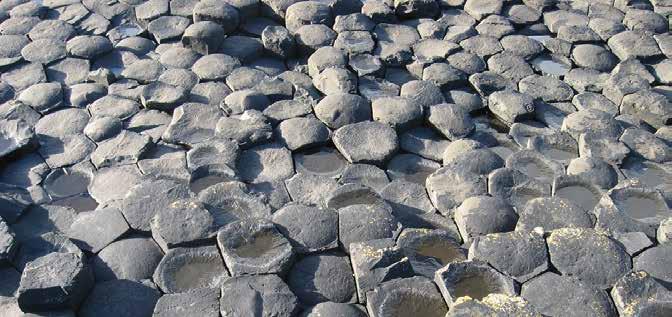
You mentioned that The EGU publishes several academic journals, please give our readers a brief overview of these.
Yes, the EGU publishes 17 scientific journals, through Copernicus Publications. These cover a number of areas within the broad geosciences, namely atmospheric science, biogeosciences, climate sciences, geomorphology, hydrology, natural hazards, ocean sciences, soil sciences, cryospheric sciences, to mention a few. We also have specific journals dedicated to geoscientific instrumentation and model development. All journals are open access and the articles published in them are free to read for all.
The most innovative aspect of EGU journals is their review and publication process, which (in the majority of EGU journals) happens in two stages. The discussion and peer-review of submitted papers are handled in the open access discussion forums (e.g., Atmospheric Chemistry and Physics Discussions) while final papers, upon acceptance, appear in the corresponding peer-review journals (e.g. Atmospheric Chemistry and Physics).
Like in traditional journals, papers submitted to EGU journals are peerreviewed by two or more referees (researchers working in the broad area of the article). The difference is that the referees’ comments, which can be attributed or anonymous, are published alongside comments by other members of the scientific community (attributed) in an openaccess, public discussion forum, where the authors publish their replies as well.
This open, public peer review system aims to make the publishing process more interactive, efficient and transparent, while assuring the quality of the scientific research that is published after peer review.
Please also tell us a bit about the EGU’s position on public outreach and education, and about some of the events you have organised in the past for both the scientific community and the public.
The EGU has an Outreach Committee and a Committee on Education, both of which are dedicated to overseeing and organising EGU’s public-engagement activities, many of which are coordinated by EGU’s permanent staff at the EGU office in Munich.
EGU’s main educational initiative is GIFT (Geosciences Information for Teachers): two and a half days of teacher-enhancement workshops, which are held in conjunction with EGU’s annual General Assembly. There, selected top-level scientists working in the Earth sciences offer the invited teachers talks centred on a different theme every year. The main objective of the GIFT workshops is to spread first-hand scientific information to science teachers of primary and secondary schools, significantly shortening the time between discovery and textbook, and to provide the teachers with material that can be directly transported to the classroom. In addition to GIFT at the General Assembly, the EGU usually organises another similar workshop during the year, which is generally hosted in a developing country. Another educational activity we have is Planet Press: bitesize press releases for kids, parents and educators to get to grips with the latest geoscientific research going on across the world.
For EGU members and the scientific community, we produce a monthly EGU newsletter to inform researchers about EGU events and activities, maintain a database of geoscience pictures (also useful for the broader public and educators), and run a public-engagement grant scheme. For the scientific community, as well as the broader public, we have a number of blogs where accurate information about geoscientific research is shared on a regular basis. We also have an established presence on social media channels, such as Twitter and Facebook, where we share current news in the Earth, planetary and space sciences, as well as updates on EGU activities and publications.
For the media, as well as the broader public, we issue press releases about new and exciting scientific research published in EGU open access journals. We also organise press conferences at our annual General Assembly to showcase some of the inspiring science presented at the conference.
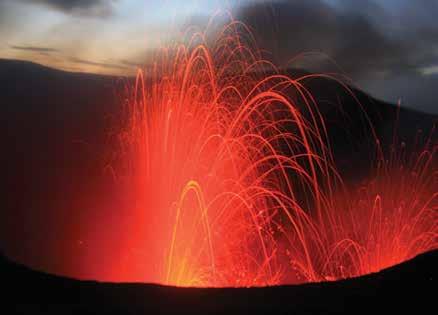
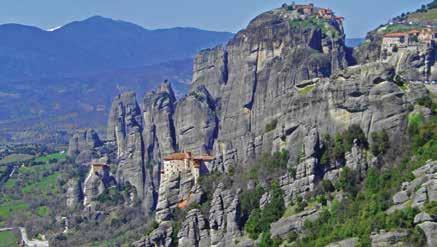
Does the EGU engage with European policy makers?
Recently, the EGU started developing its engagement with science for policy activities on the European scale. These initiatives aim not only to inform policy workers about science-related issues within the EGU’s scientific remit, but also to help EGU members and other geoscientists communicate with policy workers more effectively. This work was only initiated about a year ago, when we hired a science policy fellow to work at the EGU office. As such, we are not yet in a position where we can influence policy decisions, though we have had success providing our members with tools to allow them to give evidence to policy makers. For example, in a session on ‘Working at the science policy interface’, one of the most popular short courses at the 2016 General Assembly, each panellist provided useful background and tips on communicating science to policy officials. The EGU policy fellow also maintains a regular column on the EGU blog aimed at informing the scientific community on European policy, the scientists contributing to this process, and how other researchers could play a role in influencing policy making.
Finally, climate change and dwindling natural resources are two of the biggest challenges facing our generation; please tell us about the EGU’s plans to address these challenges, in working towards a sustainable future.
One of EGU’s aims is to identify and draw attention to social and environmental problems that could be addressed by the scientific work of its members and communication with the public.
There are various ways in which the EGU does this. Our publications and annual conference are ideal platforms to develop interdisciplinary and international collaborations, which are crucial to develop solutions to the world’s most pressing issues relating to the geosciences. These activities, together with our co-sponsored meetings programme, can help catalyse new research and develop solutions to key challenges.
More specifically, at the EGU General Assembly we have held Great Debates targeted precisely at stimulating discussion and finding solutions to pressing environmental issues. For example, at our 2016 conference, two of the debates we held were ‘Plan it Earth: is there enough resource for all? Is it just a matter of planning for the future?’ and ‘Is global economic growth compatible with a habitable climate?’, while in 2015 we discussed ‘Global Freshwater Use – The thirsty 10 billion: Are we managing?’ and ‘Negotiating climate policy – resigning to resilience?’. Through these debates, we aim to raise awareness of these issues, as well as stimulate our members and conference attendees to shape their research agendas in a direction that addresses these challenges. More broadly, our outreach and education activities also inform and engage the public with these challenges. To give an example, the EGU 2014 GIFT workshop was on the theme of ‘Our changing planet’, focusing on climate change and its consequences. In 2015, the workshop was dedicated to ‘Mineral resources’, with a few lectures focusing on the use the depletion of raw minerals. By educating the next generation, we hope to ensure tomorrow’s policy makers, researchers, and other members of society are prepared to address the world’s environmental challenges.serve.

